MichelleP
TPF Noob!
- Joined
- Jun 17, 2011
- Messages
- 33
- Reaction score
- 4
- Location
- Lawrence, KS
- Can others edit my Photos
- Photos OK to edit
I have a re-occurring problem and I am hoping someone here can help me figure it out. A lot of my pictures seem grainy when my focal distance is longer than about 10 feet. I have a Nikon D90 and mostly use my 50mm f1.8 lens. Although I had the same problem with my kit lens which is 17-105 ( I think). This is even outside. I usually keep my ISO between 200-400. I did some tests using a tripod and timer shots at different distances. These are test shots for grain only so they are not great shots  These test shots are in AP mode. The first one is nice and clear at 3 feet f/2.8, 1/1250sec, ISO 400
These test shots are in AP mode. The first one is nice and clear at 3 feet f/2.8, 1/1250sec, ISO 400

Next is the pic at 12 ft. f5.6, 1/400, ISO 400 ( I will zoom in and post a grainy snip next)

and zoomed in at 100%

Any ideas?

Next is the pic at 12 ft. f5.6, 1/400, ISO 400 ( I will zoom in and post a grainy snip next)

and zoomed in at 100%

Any ideas?



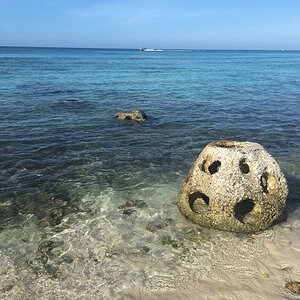
![[No title]](/data/xfmg/thumbnail/36/36659-4b8fd1b317df0e73ccfe5775494a6f5a.jpg?1619737675)

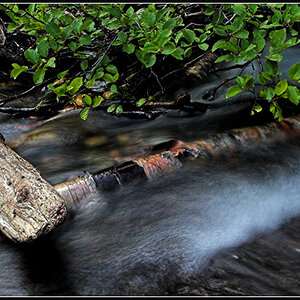
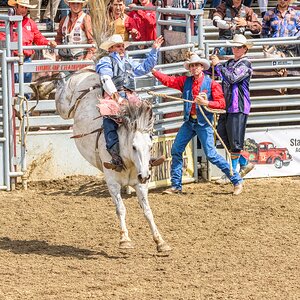
![[No title]](/data/xfmg/thumbnail/35/35932-28690c4fc247cf491230e47fc70ebeb5.jpg?1619737235)
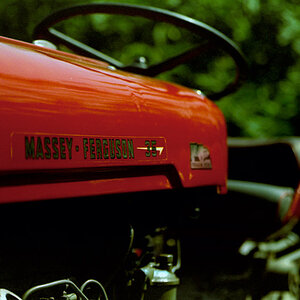
![[No title]](/data/xfmg/thumbnail/37/37538-d4704bfd4f0e4b1941649d81ff8edf2c.jpg?1619738133)
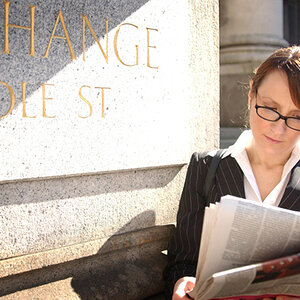
![[No title]](/data/xfmg/thumbnail/42/42478-4b86cc30ef794e056633611c9644b04e.jpg?1619740195)
![[No title]](/data/xfmg/thumbnail/36/36662-242aa39f5cb3a23494857864779f669b.jpg?1619737675)
![[No title]](/data/xfmg/thumbnail/37/37519-6093821531f744039f3ac2b3e30c7dbf.jpg?1619738128)